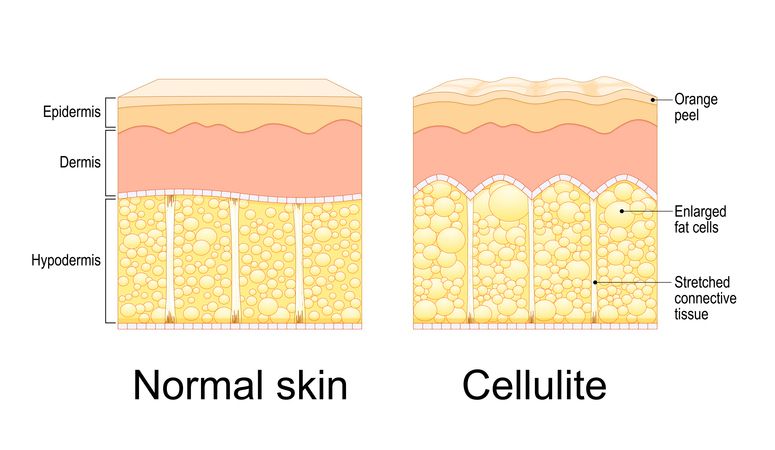
Author: Natalie Ng|Updated: 5 May 2025
You might be losing hair because of things you do every day without even thinking about it. Tight ponytails, too much heat styling, harsh shampoos, or even brushing your hair the wrong way can slowly lead to hair fall. Add stress, poor sleep, or a weak diet, and it gets worse. Hair loss comes in many forms—like female pattern hair loss, male pattern baldness, alopecia areata, or just general thinning hair. It can be caused by hormones, genetics, or even things like thyroid issues or certain medications. The good news? Some of it is avoidable. If you’ve noticed more shedding, a receding hairline, or patchy spots, your habits might be part of the problem. Keep reading to find out what could be making you lose hair—and what you can do to help it grow back.

Styling Habits That Cause Hair Fall
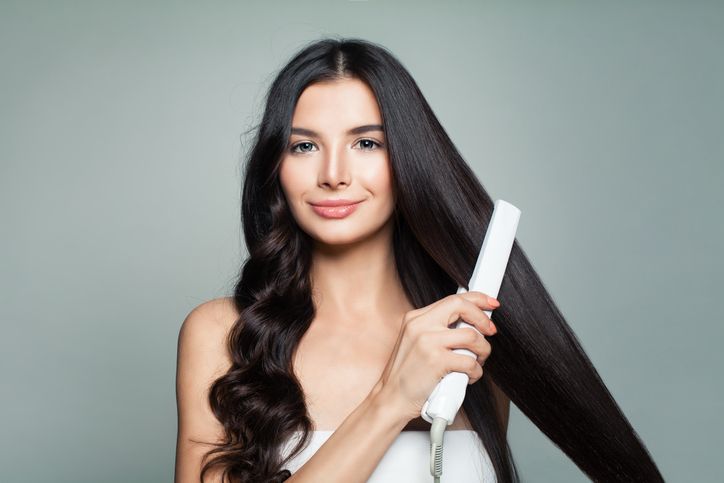
How you style your hair every day has a big effect on its long-term health. Frequent use of heat tools and tight hairstyles can damage the hair shaft, weaken your hair follicles, and lead to various types of hair loss — including traction alopecia, hair thinning, and even permanent hair loss in severe cases.
Heat Styling and Chemical Treatments
Using flat irons, curling wands, and blow dryers on high heat can dry out your hair, weaken its structure, and make it prone to breakage. This risk increases when combined with chemical treatments like bleaching, relaxing, or perming. These strip away your hair’s natural oils and damage the protective outer layer, leading to more shedding over time.
Key risks:
• Hair breakage from overheating
• Weakening of the hair shaft
• Long-term damage to the scalp if used often
To reduce damage, avoid daily heat styling, lower the temperature settings, and use heat protectant sprays when needed. Giving your hair regular breaks helps protect against further hair loss and supports new hair growth.
Tight Hairstyles and Accessories
Hairstyles that pull tightly at the roots — like ponytails, braids, buns, or cornrows — put stress on your scalp. This repeated tension can lead to traction alopecia, which starts with thinning around the hairline or temples and may lead to bald patches if the tension continues over time.
Accessories also matter. Metal clips, rubber bands, and uncovered hair ties can snag your strands, leading to breakage where the stress is focused.
What helps:
• Switch up hairstyles often to avoid repeated stress in one area
• Use silk scrunchies or soft, coated elastics
• Avoid sleeping with tight styles
• Let your hair down when possible to relieve tension
If you're noticing a receding hairline, broken hairs, or bald spots in the same areas, these habits might be the cause. Changing how you style your hair can make a big difference in slowing down or preventing further hair loss.

Poor Diet and Nutritional Deficiencies

What you eat plays a big role in how your hair looks and grows. A lack of key nutrients—especially protein, vitamins, and iron—can slow hair growth, weaken your hair follicles, and lead to noticeable hair thinning or hair fall. These issues can be early signs of types of hair loss like telogen effluvium, androgenetic alopecia, or even alopecia areata.
Not Getting Enough Protein Affects Hair Growth
Your hair is mostly made of a protein called keratin. If your body isn’t getting enough protein, it starts saving energy for more important functions—like keeping your organs running—rather than growing new hair. This can lead to slower hair growth or hair thinning. The effects often show up a couple of months after your protein intake drops.
Eating enough protein daily helps keep your hair strong and reduces shedding. Good sources include eggs, fish, lean meats, tofu, beans, lentils, and nuts. If you follow a vegetarian or vegan diet, options like quinoa, tempeh, and plant-based protein powders are helpful.
Vitamin Deficiencies Can Trigger Hair Loss
Hair growth also depends on key vitamins like Vitamin D, Biotin, and Iron. If your body doesn’t get enough of these, you might see early symptoms like brittle hair, patchy hair loss, or gradual thinning.
| Nutrient | Function | What Happens If You're Low |
|---|---|---|
| Vitamin D | Helps form new hair follicles | Hair becomes thin or brittle |
| Biotin (B7) | Supports keratin production | You may notice patchy hair loss |
| Iron | Delivers oxygen to hair follicles | Leads to overall thinning and shedding |
If you think a deficiency might be behind your hair loss, talk to a doctor and ask about blood tests. This can help confirm low levels before starting any supplements. Eating leafy greens, nuts, legumes, and fortified foods is a good way to support healthy hair growth.
Iron Deficiency Can Cause Hair Thinning
Iron is especially important because it helps carry oxygen to your scalp. Without enough iron, your hair follicles don’t get the oxygen they need to grow strong, healthy hair. This can lead to conditions like telogen effluvium, where more hairs than usual fall out during the resting phase.
If you’re dealing with unexplained hair fall or symptoms like dull, brittle hair, low iron could be the cause. Foods like spinach, red meat, lentils, and iron-fortified cereals can help restore your iron levels. If needed, your doctor might recommend supplements or do a blood test to confirm.
Even though diet may not be the only cause of hair loss, it's one of the easiest things to adjust. Improving your nutrition can support healthy hair and reduce the risk of further hair loss over time.
Read More
Book Now to Experience
F8 Hair Regrowth Treatment
1 Minute Self-Registration
Date should not be before minimal date

Overwashing and Harsh Hair Products
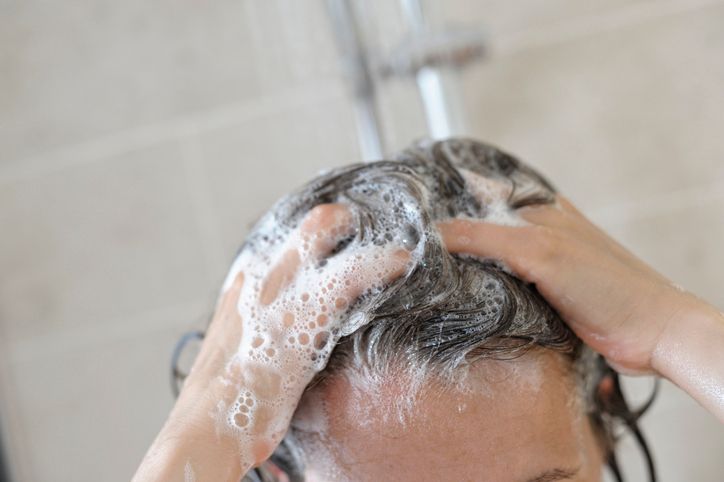
Washing your hair too often or using strong hair products can cause more harm than good. These habits strip away your scalp’s natural oils, irritate the skin, and weaken your hair follicles. Over time, this can lead to hair thinning, breakage, and even long-term hair loss.
Too Much Washing Can Trigger Hair Fall
Your scalp produces natural oils that protect and nourish your hair. If you wash your hair too often—especially with hot water or harsh shampoos—you remove these oils before they can do their job. This leaves your scalp dry and your strands more fragile, increasing the chance of shedding and breakage.
Other common mistakes include:
• Rubbing your scalp too hard
• Using too much shampoo
• Not rinsing out products completely
These habits can block hair follicles, cause irritation, and lead to slower hair growth or patchy hair loss. If your hair feels dry or brittle, try washing every other day instead of daily, or use dry shampoo in between washes.
Harsh Ingredients Can Damage Your Scalp
Many shampoos, conditioners, and styling products contain chemicals like sulfates, parabens, and synthetic fragrances. These ingredients may clean your hair, but they also dry out the scalp and weaken hair structure. Over time, this can lead to issues like thinning hair, traction alopecia, or even permanent hair loss in sensitive areas.
Products that claim to treat hair loss or boost hair growth often contain alcohols and preservatives that cause long-term damage if used regularly. Instead, look for products with simple, plant-based ingredients. Natural oils, mild cleansers, and essential oils like tea tree or rosemary can support scalp health without harming your hair follicles.
If you’ve noticed more hair fall since changing products or washing routines, it might be time to reassess your hair care habits. Switching to gentler options can help protect your hair and encourage healthy new hair growth.

Stress and Lack of Sleep
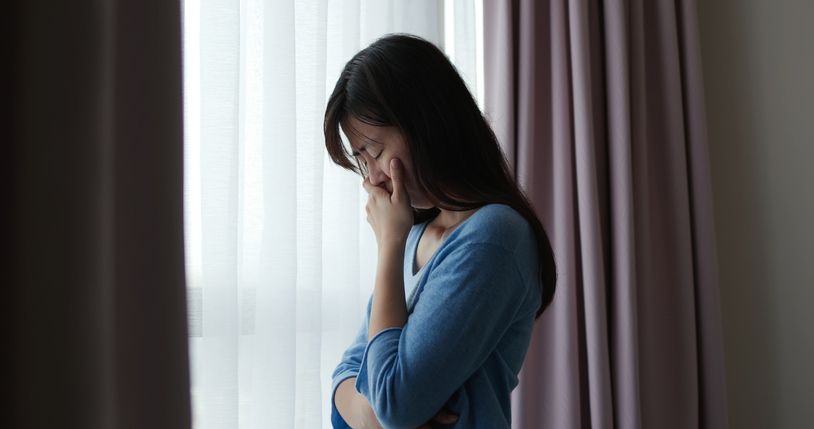
Long-term stress and poor sleep can both interrupt your hair’s natural growth cycle. When you're constantly stressed or not getting enough rest, your body reacts by shifting more hair follicles into the resting phase. This leads to increased shedding, thinning hair, and in some cases, sudden hair loss.
How Stress Affects Hair Growth
Stress raises your cortisol levels. High cortisol can block the nutrients your hair follicles need, slow down hair growth, and increase shedding. You might notice more hair in the shower or on your pillow after a period of emotional or physical stress.
Stress can also lead to telogen effluvium, a type of hair loss where a large number of hair follicles go into the shedding phase at once. This usually happens a few months after the stress begins and can last for several weeks or months.
Sleep Is Essential for Hair Health
Sleep gives your body time to repair and grow. Poor sleep habits reduce the amount of oxygen and nutrients reaching your scalp, which weakens hair follicles. Over time, this contributes to hair thinning and may slow down new hair growth.
Not getting enough sleep can also make it harder to manage stress, which creates a cycle that affects both your overall health and your hair.
To protect your hair:
• Aim for 7–8 hours of sleep each night
• Keep a regular sleep schedule
• Try stress-reducing habits like walking, stretching, or talking to someone you trust
Stress-related hair loss is often temporary, but if it’s left untreated, it can lead to further hair loss. Taking care of your mental and physical health supports hair regrowth and helps reduce the risk of long-term hair problems like androgenetic alopecia or central centrifugal cicatricial alopecia.
Book Now to Experience
F8 Hair Regrowth Treatment
1 Minute Self-Registration
Date should not be before minimal date

Improper Hair Brushing Techniques
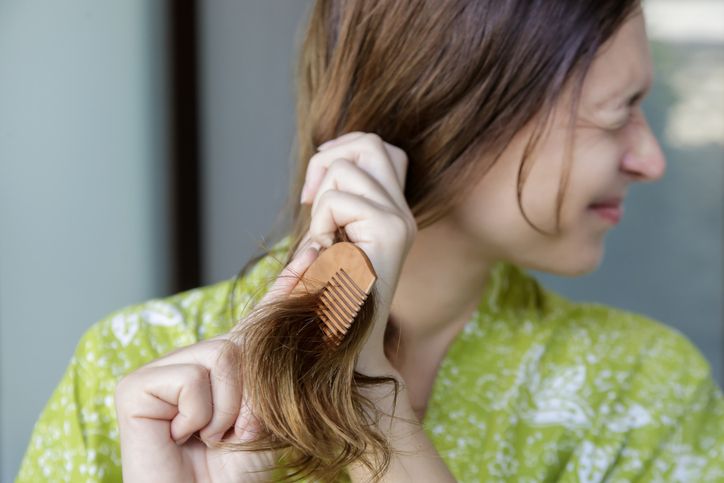
How you brush your hair matters more than you might think. Brushing too hard or using the wrong tools can lead to breakage, scalp irritation, and unnecessary hair fall. These habits weaken the hair shaft and place strain on the roots, which can trigger gradual thinning or even lead to a type of hair loss over time.
Brushing Too Aggressively Causes Breakage
Dragging a brush through knots—especially when your hair is wet—can snap strands and loosen hair from the follicle. Wet hair is more elastic and fragile, making it easier to damage. This can contribute to excessive shedding, particularly if brushing is rushed or forceful.
To protect your hair:
• Always start brushing from the ends, working up to the roots
• Avoid yanking through tangles—use slow, gentle strokes
• Pat hair dry with a microfiber towel before brushing
• Never use fine-tooth combs on wet hair
Wrong Tools Increase Hair Fall
The type of brush you use should match your hair’s texture and condition. Using a stiff-bristled brush on fine or fragile hair can cause more harm than good. Similarly, using the wrong comb on curly or wet hair can lead to tugging and breakage.
Choose the right tool:
• Wide-tooth combs for wet hair
• Natural bristle brushes for straight or fine hair
• Detangling brushes for curly, thick, or coily hair
Making these small changes in your brushing routine helps reduce daily hair fall and prevents damage to your scalp and hair follicles. Over time, gentle care supports healthier strands and may help slow down gradual thinning, especially in people with a family history of hereditary hair loss or androgenic alopecia.

Simple Fixes to Prevent Daily Hair Fall
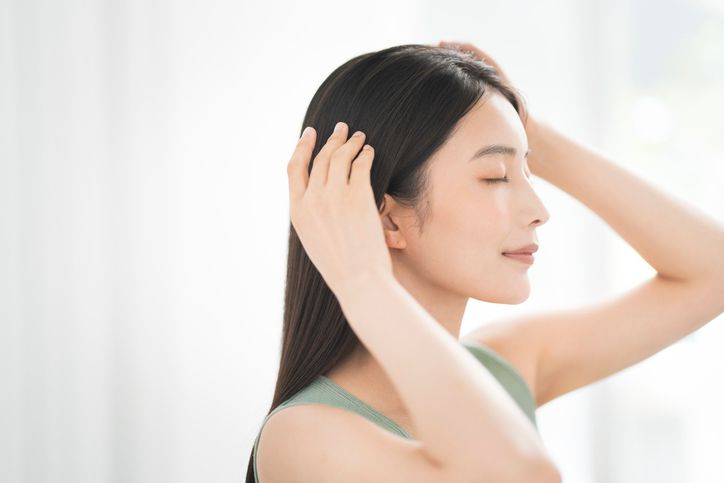
You don’t have to make huge changes to see a difference in your hair health. Many of the habits that cause hair fall are easy to adjust once you know what to look out for. Small improvements in how you treat your hair and take care of your body can help reduce hair thinning and support healthier growth.
What You Can Do Today
• Ease up on heat styling – Use lower settings, apply heat protectant, and give your hair regular breaks.
• Loosen up your hairstyles – Avoid tight ponytails and harsh clips. Rotate your styles to reduce tension in one area.
• Brush gently – Use the right tools and avoid brushing when hair is soaking wet.
• Choose mild products – Avoid shampoos with sulfates or strong fragrances. Go for gentle, nourishing formulas.
• Don’t overwash – Let your scalp’s natural oils work by washing less frequently, especially if your hair isn’t oily.
• Eat a balanced diet – Include enough protein, iron, and key vitamins like biotin and vitamin D.
• Sleep better and manage stress – Poor rest and stress are common triggers for sudden or slow hair loss.
While not every type of hair loss can be prevented through habits alone, these simple changes help protect your hair follicles, reduce breakage, and create a healthier environment for new hair growth. If you’ve already made these changes and are still experiencing hair fall, it may be time to explore treatment options or speak to a doctor to rule out an underlying medical condition.

How F8 Hair Regrowth Treatment Supports Hair Fall Recovery
If you've already made changes to your daily habits but you're still dealing with hair fall, adding a targeted treatment can make a real difference. The F8 Hair Regrowth Treatment is designed to support healthy hair growth and improve scalp conditions—especially helpful for anyone experiencing pattern hair loss, thinning hair, or early signs of hereditary hair loss.
How F8 Treatment Works
F8 is a non-invasive hair and scalp treatment that uses low-energy laser technology combined with a hair growth serum. The laser energy gently stimulates inactive hair follicles and strengthens the hair papilla—this is the part of the follicle responsible for growing new hair. At the same time, the laser boosts microcirculation in the scalp, helping deliver nutrients and oxygen to the follicles.
Once the laser treatment is complete, a hair growth serum is applied to cleanse and hydrate the scalp. This serum helps reduce excess sebum, unclog follicles, and restore a healthy water-oil balance—creating the ideal environment for new hair to grow.
Why It Supports Hair Fall Recovery
F8 treatment directly targets many of the issues that lead to hair fall:
• It activates weak or inactive follicles, helping restart the hair growth cycle.
• It improves blood flow to the scalp, which delivers more oxygen and nutrients to support stronger, healthier strands.
• It cleanses and balances the scalp, reducing buildup, excess oil, and blocked follicles—common causes of slow hair loss or patchy hair loss.
• It strengthens capillaries and follicles, helping protect against further hair loss.
For people dealing with male pattern hair loss, female pattern baldness, androgenetic alopecia, or even traction alopecia from tight hairstyles, F8 provides focused support that daily routines alone can’t offer.
What Makes F8 Different
• Non-invasive – No needles, no surgery, no recovery time
• Safe for both men and women with various types of hair loss
• No downtime – You can return to normal activities right after your session
• Personalized care – Each session begins with a scalp scan and consultation to understand your specific hair loss pattern and scalp condition
• Ongoing support – Experts guide you on aftercare and help track your progress
Whether you're noticing a receding hairline, thinning at the crown, or general hair loss that won’t improve with lifestyle changes alone, F8 can be an effective way to treat hair loss and support new hair growth.
Book F8 today to start improving your scalp health and support stronger, fuller hair.
New Beauty's F8 Hair Regrowth TreatmentBook Now to Experience
F8 Hair Regrowth Treatment
1 Minute Self-Registration
Date should not be before minimal date
FAQ
Can Wearing Hats Regularly Contribute to Increased Hair Loss?
While wearing hats won't directly cause hair loss, you'll want to be mindful of how you wear them. Tight hats that pull on your scalp can lead to traction alopecia, a type of hair loss from constant tension. You're safe to wear loose-fitting hats, but don't keep them on 24/7. Let your scalp breathe and avoid hats that feel too snug.
Is Swimming in Chlorinated Pools Damaging to Hair Health?
Yes, swimming in chlorinated pools can damage your hair. Chlorine strips your hair's natural oils, making it dry, brittle, and prone to breakage. You'll notice your hair feeling rough and looking dull after swimming. To protect your locks, wet your hair with clean water before swimming, use a swim cap, and apply a leave-in conditioner. After swimming, rinse thoroughly and use a clarifying shampoo to remove chlorine residue.
Does Air-Drying Hair Cause Less Damage Than Using a Towel?
Air-drying is indeed kinder to your hair than aggressive towel-drying. When you rub wet hair with a towel, you're creating friction that can rough up the cuticles and cause breakage. Your hair's most vulnerable when it's wet, so letting it dry naturally helps preserve its integrity. If you must use a towel, try gently squeezing or patting instead of rubbing.
Can Certain Pillow Materials or Sleeping Positions Affect Hair Loss?
Your pillow material and sleeping position can definitely impact your hair health. Cotton pillowcases create friction that damages hair follicles, while silk or satin pillows let your hair glide smoothly. When you sleep on your back, you'll reduce tension on your hair roots. If you're a side sleeper, try placing your hair above your head to prevent crushing and pulling.
Does Frequent Hair Trimming Help Prevent or Reduce Hair Fall?
You've probably heard that frequent trims make your hair grow faster and healthier - but that's actually a myth. While trimming doesn't directly prevent hair fall, it does remove split ends that can travel up the hair shaft and cause breakage. Regular cuts every 8-12 weeks help maintain your hair's health and appearance, making it look fuller and preventing the illusion of thinning caused by damaged ends.
Recommended Articles
COPYRIGHT© NEW BEAUTY MANAGEMENT LIMITED 2025. ALL RIGHT RESERVED.

